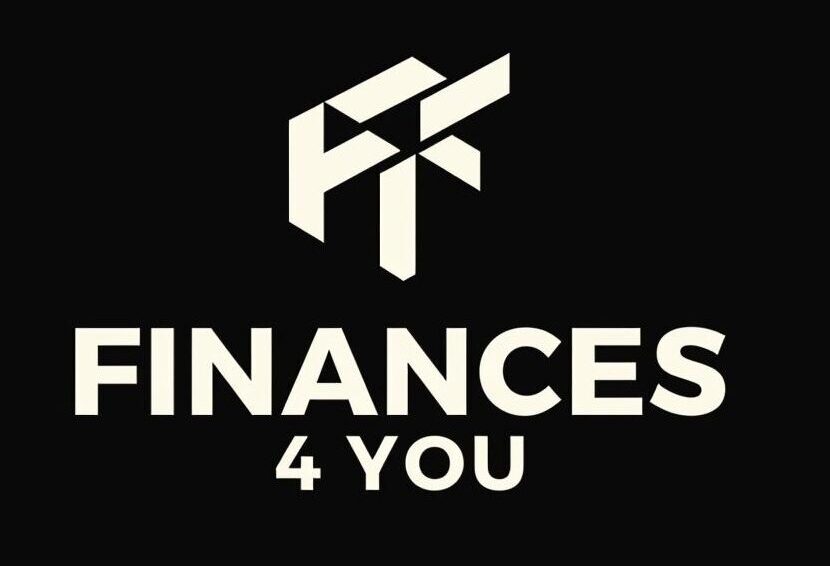The cryptocurrency market continues to evolve rapidly, reshaping the global financial landscape and driving innovation in digital assets, decentralized finance, and blockchain technology. As cryptocurrencies mature from speculative assets to mainstream financial tools, new trends are emerging that signal where the industry is headed.
This article explores the most significant cryptocurrency trends shaping the market today, from institutional adoption and regulatory developments to blockchain innovation and the rise of new digital asset classes.
1. Growing Institutional Adoption
One of the most influential cryptocurrency trends is the increasing involvement of institutional investors and traditional financial firms. Once skeptical, major banks, hedge funds, and asset managers are now embracing digital currencies as part of diversified investment strategies.
This trend is driven by several factors:
- Increased confidence in crypto as a store of value and inflation hedge
- Development of secure custodial services for institutions
- Approval of Bitcoin and Ethereum exchange-traded products in some regions
- Integration of blockchain infrastructure into legacy systems
The presence of institutional players brings greater liquidity, credibility, and long-term stability to the market.
2. Expansion of Decentralized Finance (DeFi)
DeFi platforms are revolutionizing traditional financial services by offering decentralized lending, borrowing, trading, and yield generation—all without intermediaries. Built on blockchain networks like Ethereum, DeFi continues to grow in complexity and popularity.
Key developments in DeFi include:
- Automated market makers (AMMs) replacing centralized exchanges
- Algorithmic stablecoins enabling decentralized monetary systems
- Staking and liquidity mining offering passive income
- Cross-chain protocols expanding interoperability
The trend points toward an open financial ecosystem where users have full control over their assets and transactions.
3. Regulation and Compliance
As the cryptocurrency industry gains mainstream attention, governments and regulatory bodies are increasingly focused on establishing legal frameworks for digital assets. Regulatory clarity is essential for long-term growth, and the current trend reflects a global push for balanced oversight.
Emerging regulatory themes include:
- Defining cryptocurrencies as securities, commodities, or currencies
- Ensuring anti-money laundering (AML) and know-your-customer (KYC) compliance
- Regulating crypto exchanges and custodial platforms
- Tax treatment and reporting requirements for digital assets
While regulatory approaches vary by country, the general movement is toward more structured and enforceable crypto legislation.
4. Rise of Central Bank Digital Currencies (CBDCs)
In response to the growing popularity of cryptocurrencies, many central banks are developing their own digital currencies. Central Bank Digital Currencies aim to combine the benefits of blockchain technology with the stability of fiat currency.
Key objectives of CBDCs include:
- Enhancing payment efficiency and financial inclusion
- Modernizing monetary policy tools
- Reducing reliance on cash
- Countering the dominance of private digital currencies
Several countries, including China, the European Union, and the United States, are actively exploring or piloting CBDC projects, signaling a significant shift in how money is created and circulated.
5. Sustainable and Energy-Efficient Cryptocurrencies
The environmental impact of cryptocurrencies—especially Bitcoin’s proof-of-work model—has come under increasing scrutiny. In response, developers are exploring more sustainable alternatives to reduce energy consumption.
Current sustainability trends in crypto include:
- Transition from proof-of-work to proof-of-stake (as seen with Ethereum)
- Growth of eco-friendly blockchains like Solana, Cardano, and Algorand
- Carbon offset initiatives and green mining solutions
- Increased transparency in energy reporting by mining companies
Sustainability is becoming a key criterion for investors and developers alike, influencing the design and adoption of future crypto projects.
6. Emergence of Web3 and Decentralized Applications (dApps)
Web3, the decentralized internet powered by blockchain, is a growing trend that expands the utility of cryptocurrencies beyond just transactions. Web3 enables the creation of decentralized applications (dApps) that operate on peer-to-peer networks without centralized control.
Use cases driving this trend include:
- Decentralized social media platforms
- Blockchain-based identity and data ownership
- Tokenized incentives for participation and governance
- Open-source development communities
As blockchain becomes more user-friendly and interoperable, Web3 adoption is expected to accelerate, redefining how individuals interact with the internet and their digital assets.
7. Non-Fungible Tokens (NFTs) and Digital Ownership
NFTs have created a new paradigm for digital ownership, enabling creators, artists, and gamers to tokenize and monetize unique digital assets. While initial hype centered around digital art and collectibles, the NFT ecosystem is expanding into new domains.
Current NFT trends include:
- Integration with gaming (play-to-earn and metaverse economies)
- Real estate and asset tokenization
- NFT-based access passes and digital identity
- Dynamic NFTs that evolve over time or with user interaction
NFTs are driving innovation across entertainment, finance, and digital identity, suggesting long-term utility beyond speculative trading.
8. Interoperability and Cross-Chain Solutions
As more blockchains are developed, interoperability becomes essential for ensuring that assets and data can move freely between networks. Cross-chain protocols are one of the most promising trends in crypto, promoting collaboration instead of fragmentation.
Key tools and trends include:
- Cross-chain bridges allowing token transfers between blockchains
- Layer 2 solutions improving scalability and efficiency
- Multi-chain wallets and DeFi platforms
- Protocols like Polkadot and Cosmos focusing on seamless integration
Interoperability is foundational for the next generation of decentralized finance, gaming, and infrastructure projects.
9. Enhanced Security and Privacy Features
With the increase in cryptocurrency adoption comes a growing need for advanced security measures. Hackers continue to target exchanges, wallets, and smart contracts, prompting developers to focus on stronger protections.
Emerging security and privacy trends:
- Zero-knowledge proofs for anonymous transactions
- Multi-signature wallets and hardware security modules
- Improved smart contract audits and bug bounty programs
- Privacy-centric coins and platforms like Monero and Zcash
Maintaining a balance between transparency and user privacy remains a top priority in the development of secure digital finance systems.
10. Tokenization of Real-World Assets
Tokenization allows physical assets like real estate, commodities, and fine art to be represented as digital tokens on a blockchain. This trend is unlocking new investment opportunities and improving liquidity in traditionally illiquid markets.
Examples of tokenized assets include:
- Real estate shares
- Artwork and collectibles
- Gold and other commodities
- Intellectual property rights
Tokenization simplifies fractional ownership, enabling broader access to investment opportunities for both retail and institutional investors.
Conclusion
Cryptocurrency trends are reshaping the financial world with speed and impact. From decentralized finance and institutional adoption to green blockchain technology and digital ownership, the crypto space is evolving from speculation to utility.
While the road ahead includes challenges—particularly around regulation, scalability, and security—the momentum behind blockchain and digital assets is undeniable. Staying informed and adaptable is key for investors, developers, and users alike as they navigate this dynamic and transformative sector.
As technology advances and adoption widens, cryptocurrency will continue to influence how value is stored, transferred, and utilized in the digital economy of tomorrow.





